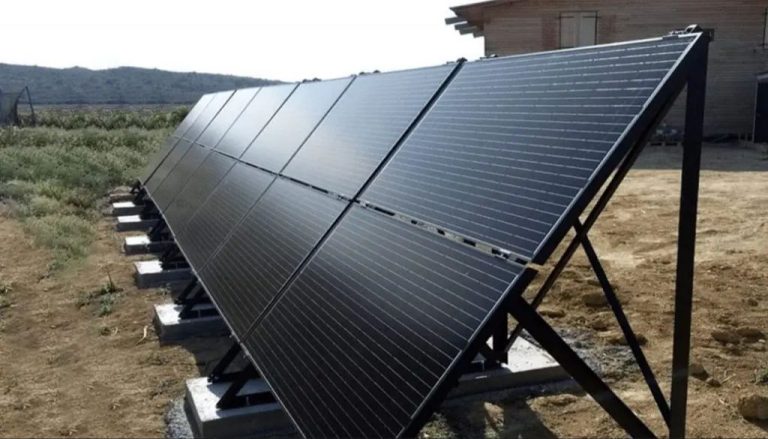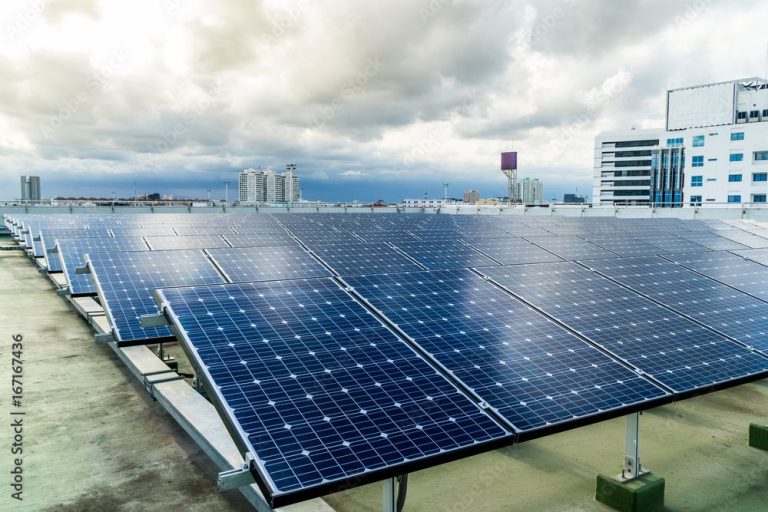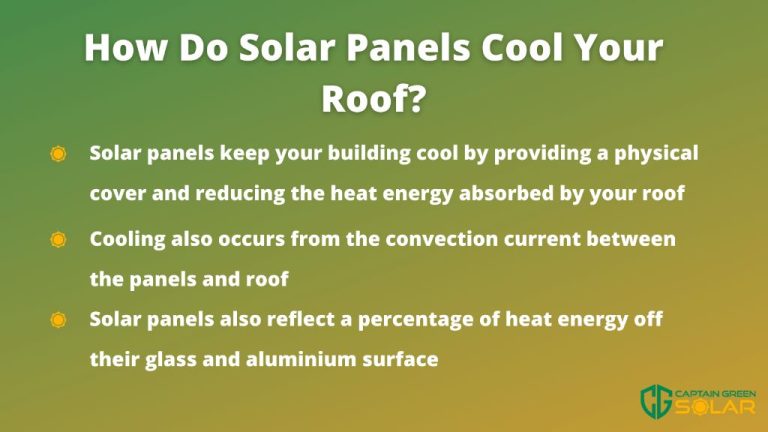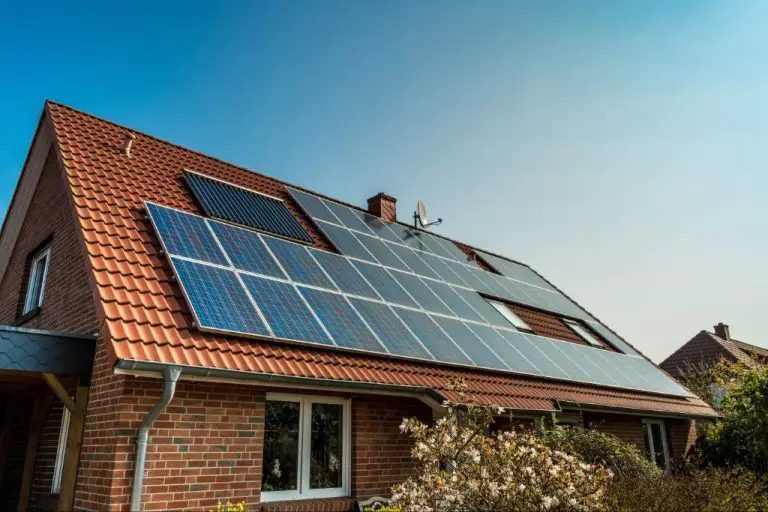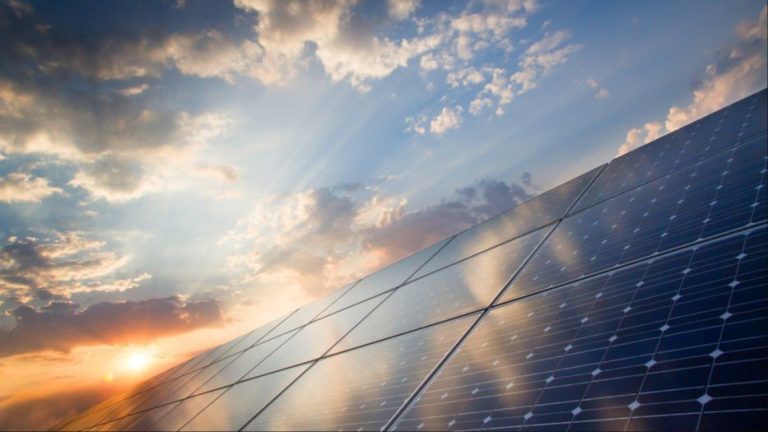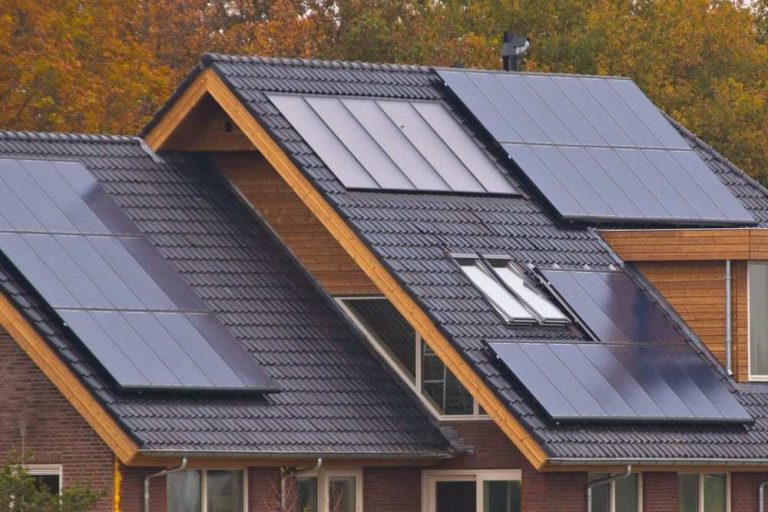What Is Solar Energy Ks2
What is solar energy?
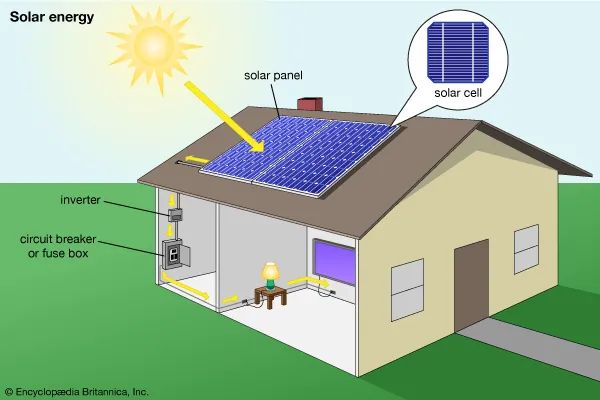
Solar energy is the energy from the sun that reaches the Earth. It’s a renewable source of energy that can be harnessed in different ways. According to Solar Power Conference, “Solar energy is energy released by solar radiation. Plants use sunlight to produce their food in a process called photosynthesis.”
There are many examples of solar energy in everyday life. The most obvious is sunlight. Sunlight is a direct and abundant source of solar energy. Other examples include solar panels which absorb sunlight and generate electricity, solar water heaters which use the sun’s energy to heat water, and solar cookers which use sunlight as a source of heat for cooking.
How does solar energy work?
Solar panels work through the photovoltaic effect, which is the process of converting sunlight into electricity. When sunlight hits the solar cells in a panel, it knocks electrons free from the atoms in the cell. If the solar cells are connected, this generates an electric current that we can use as electricity.
The most common solar cells are made of silicon, which is found in sand. The silicon is treated so that some of it carries a positive charge and some a negative charge, forming an electric field across the cell. When sunlight hits the solar cell, the energy knocks electrons free, allowing them to flow through the electric field and produce a current.
“How Solar Panels Work For Kids,” Renewable Energy Hub, accessed February 27, 2023, https://www.renewableenergyhub.co.uk/main/solar-panels/how-do-solar-panels-work-for-kids.
Solar thermal collectors, also called solar hot water panels, use sunlight to heat water rather than produce electricity. These collectors have tubes running through them that carry water or a heat-absorbing fluid. As sunlight hits the collector, it heats up the fluid running through the tubes. This hot fluid can then heat water in a storage tank for use in things like washing and heating.
Types of solar power systems
There are three main types of solar power systems:
Photovoltaic panels
Photovoltaic panels, also known as solar panels, convert sunlight directly into electricity using semiconductors. Solar cells within the panels absorb photons from sunlight and release electrons, generating a flow of electricity (https://www.turbinegenerator.org/solar/types-solar-energy/). PV panels are used in residential, commercial, and utility-scale solar energy systems.
Solar hot water heaters
Solar hot water heaters use solar thermal collectors to heat water. The solar collectors, typically roof-mounted, absorb heat from the sun and transfer it to water in pipes running through the panels. The heated water is then stored in an insulated tank for use in the home or business (https://avaada.com/types-of-solar-energy-systems/).
Concentrated solar power
Concentrated solar power (CSP) systems use mirrors or lenses to concentrate sunlight onto a small area, generating intense heat. This thermal energy is converted into electricity via a steam turbine or heat engine. CSP requires direct sunlight and is used in large-scale solar power plants to provide electricity for utilities.
Benefits of solar energy
Solar energy has a number of important benefits:
Solar energy is a renewable resource, meaning it won’t ever run out. Sunlight will continue shining on Earth for billions of years to come (1). Using solar energy reduces our reliance on fossil fuels like coal, oil, and natural gas, which take millions of years to form and are limited in supply (2).
Generating electricity from solar power creates no air pollution or carbon dioxide emissions. Solar energy helps combat climate change and improves public health. In contrast, burning fossil fuels releases pollutants that contribute to smog, acid rain, and health problems (3).
Once solar panels are installed, they require very little maintenance and last for decades. The fuel (sunlight) is free. This means very low operating and maintenance costs compared to fossil fuel power plants (2).
Sources:
(1) https://www.eia.gov/kids/energy-sources/solar/
(2) https://www.renewableenergyworld.com/solar/solar-energy-for-kids/
(3) https://sciencing.com/pros-cons-of-solar-energy-for-kids-13425830.html
Limitations of Solar Energy
Solar energy has some limitations that are worth considering (Constellation). First, solar panels don’t produce electricity at night, as they need sunlight to generate power. This means additional energy storage is needed for overnight power. Second, solar energy production relies on sunny weather and is impacted by seasonal changes. Output can be reduced on cloudy days or during winter months at higher latitudes. Finally, there are high upfront costs associated with installing solar power systems. The panels and equipment themselves, as well as installation, can be quite expensive compared to other energy sources (Nachi).
Interesting facts about solar energy
Here are some fun and fascinating facts about solar power:
- The amount of solar energy that hits the earth in one hour could power the entire planet for a year! (https://www.solarenergyworld.com/5-fun-facts-about-solar-energy/)
- Solar panels can still produce electricity even on cloudy days. Light can pass through clouds, so solar panels can make 10-25% of their optimal output on overcast days. (https://solarpower.guide/solar-energy-insights/solar-energy-facts)
- The first modern photovoltaic solar cell was created in 1954 at Bell Laboratories. It was billed as a “solar battery” and was mostly just a curiosity at the time. (https://jamarpower.com/solar-power/fun-facts-about-solar-energy/)
- Solar panels work even better in cold weather because the lowered temperatures help the panels operate more efficiently. (https://solarpower.guide/solar-energy-insights/solar-energy-facts)
- The space industry was an early adopter of solar power. The first spacecraft to rely solely on solar panels was the Vanguard 1 satellite launched in 1958. (https://jamarpower.com/solar-power/fun-facts-about-solar-energy/)
Solar energy use around the world
Solar energy capacity has expanded rapidly over the past decade. According to the International Energy Agency (IEA) 1, total global solar photovoltaic (PV) capacity increased from 40 gigawatts in 2010 to 663 gigawatts by the end of 2019. This represents a growth of over 15 times in just 9 years.
China leads the world in total installed solar capacity, with over 253 gigawatts as of 2019 2. Other countries with high total solar capacity include the United States, Japan, Germany, India, and Australia. However, when looking at solar capacity relative to population size, countries like Australia, Germany, Japan and Italy lead in per capita solar installations.
Some of the largest solar farms in the world include the Pavagada Solar Park in India which has a capacity of 2,050 megawatts, the Benban Solar Park in Egypt with 1,650 megawatts, and the Tengger Desert Solar Park in China which produces 1,500 megawatts. The Bhadla Solar Park in India is one of the largest solar farms currently under construction, and is expected to reach a capacity of 2,245 megawatts when completed.
Solar energy in daily life
Solar energy powers many devices that we use every day. For example, many calculators contain small solar cells to convert light into electricity. You may also have portable phone chargers or toys that use small solar panels to recharge batteries.
Some homes are designed to run partially or completely on solar power. These houses may have solar photovoltaic panels installed on the roof to convert sunlight into electricity. The electricity is stored in batteries and used to run appliances and lights. Some solar houses are also designed to optimize natural lighting and heating from the sun. Large windows on the south-facing side allow sunlight to heat interior spaces in winter. Eaves or overhangs block high summer sun, while allowing lower winter sun to enter and warm the house.
Solar houses can be connected to the local electrical grid as a backup for cloudy days or times when solar power is insufficient. When the home generates more solar electricity than it uses, the excess can be fed back into the grid. This arrangement with the electrical utility is called net metering.
The future of solar
Experts project that solar power will continue to expand in the coming decades due to improving efficiency and decreasing costs. The cost of solar panels has dropped dramatically in the past 10 years, making solar energy more affordable and accessible.
According to projections, global solar photovoltaic capacity could grow from 303 gigawatts in 2016 to over 4,500 gigawatts by 2050. This is due to continued innovation and economies of scale driving down costs (Source).
Ongoing research aims to improve the efficiency of solar cells and lower the costs even further. Some innovations in solar technology include solar windows that generate electricity, solar roads with embedded photovoltaic cells, and floating solar farms on bodies of water.
With solar electricity costs projected to be on par with or cheaper than electricity from fossil fuels in most regions by 2030, the future is bright for increased adoption of solar power worldwide.
Fun solar science projects
Kids can try simple solar science projects at home or school to learn hands-on about how solar energy works. Some ideas for beginner solar science projects include:
A solar oven made from a pizza box that uses sunlight to cook food or melt chocolate. Kids will learn how the sun’s energy can be concentrated to produce heat. A small hole cut in the box allows sunlight to be focused by aluminum foil.
A solar cell made from berries. Building their own solar cell from household items and berries teaches kids how photosynthesis converts light into energy. Connecting the solar cell to a small motor demonstrates the electricity that can be generated.
A tiny solar house that light can shine through, illuminating solar panels inside to spin a small turbine. This project shows how solar panels generate electricity from sunlight that can power things.

